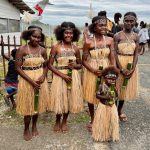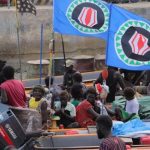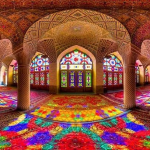Every year, YPT arrange a tour to coincide with Timor-Leste National Day, not just the biggest event on the country’s calendar, but also one of the more genuinely enjoyable national holidays in the region.
In 2025, Timor-Leste celebrates its 23rd birthday as a modern, independent nation, but this year also marks 50 years since the first declaration of independence in 1975, making it all the more significant. So how do people in Timor-Leste celebrate, and is it worth making the effort to go?
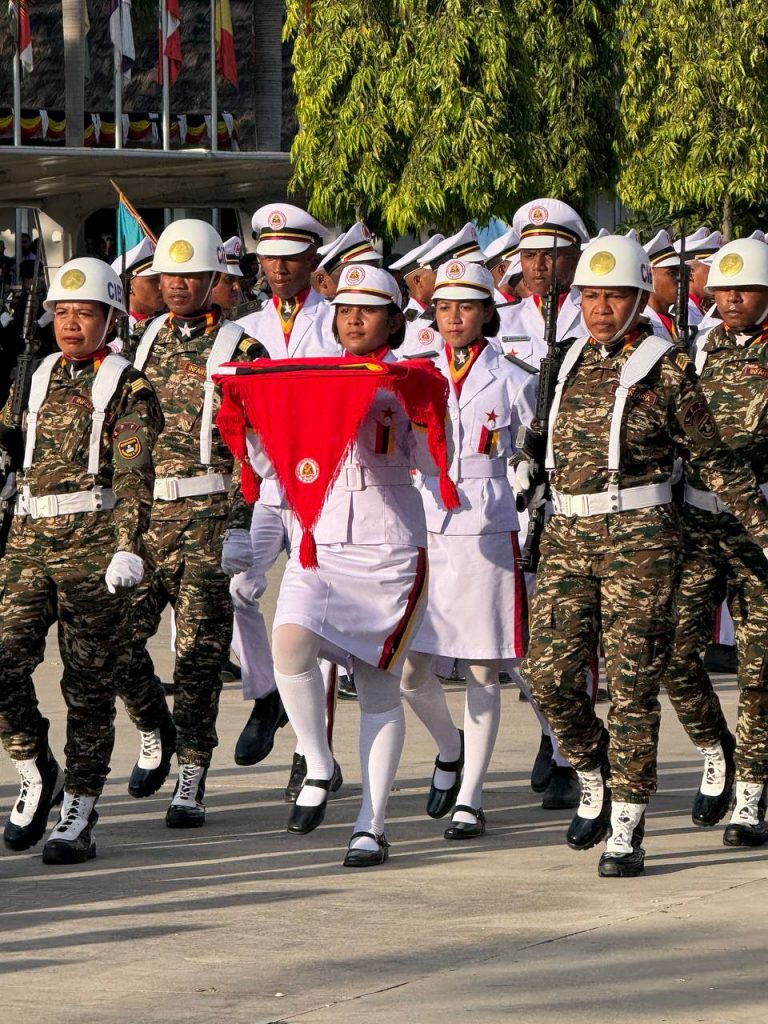
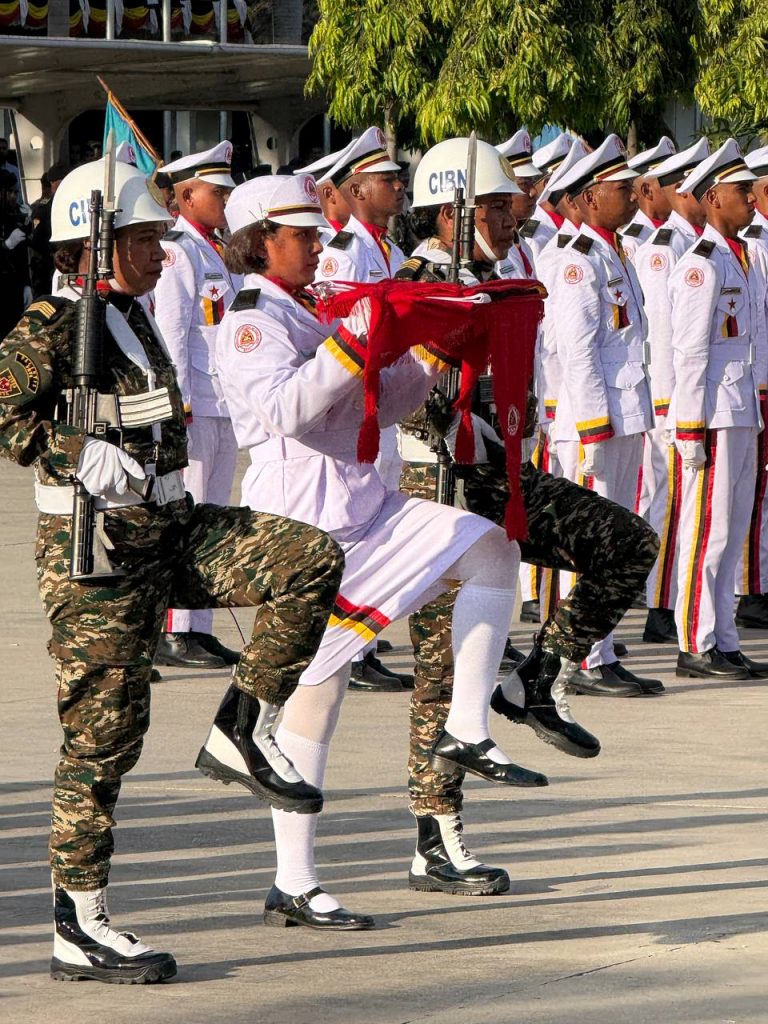
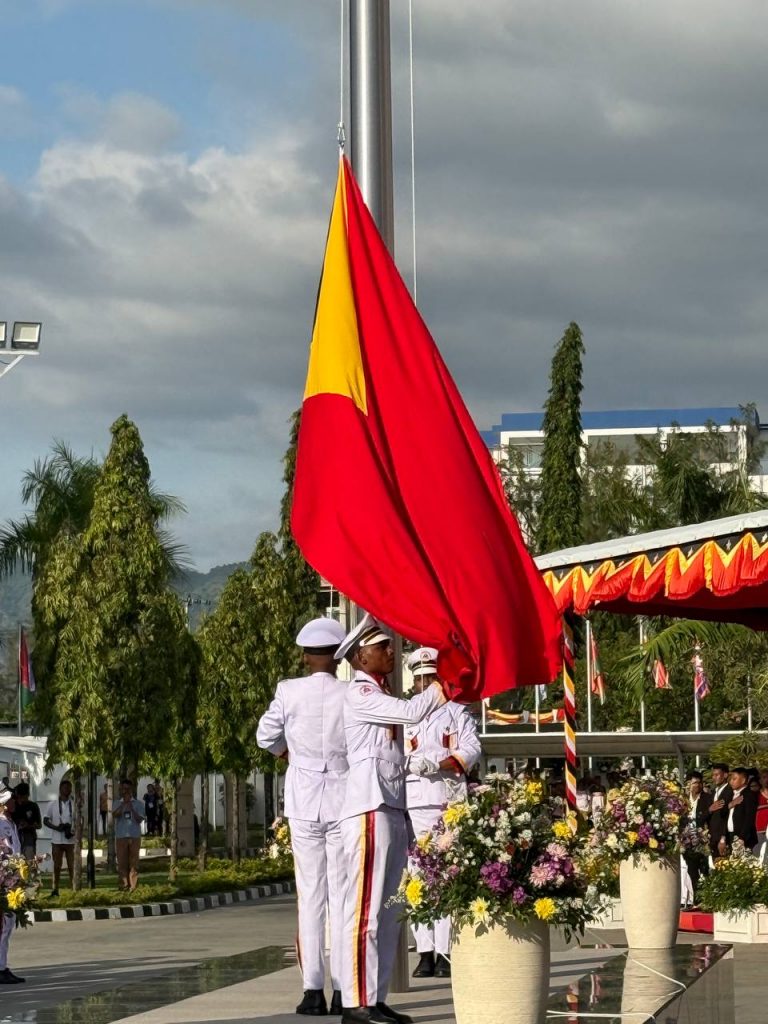
Table of Contents
The Timor-Leste Story
Independence in Timor-Leste wasn’t handed out with a smile and a handshake, it was fought for, lost, and clawed back again.
First colonised by the Portuguese in the 16th century, East Timor was ruled as a backwater colony for hundreds of years. Things changed briefly in 1975, when the Portuguese buggered off during the Carnation Revolution, giving locals a shot at self-rule. On November 28, 1975, the Revolutionary Front for an Independent East Timor (FRETILIN) declared independence.
That dream lasted just nine days.
On December 7th, Indonesia invaded, kickstarting one of the darkest periods in Southeast Asian history. What followed was 24 years of brutal occupation, where up to 200,000 people (if not more) nearly a third of the population — were killed through conflict, famine, or disease.
Independence finally came in 2002 after a bloody referendum, U.N. intervention, and a lot of stubborn resistance. So, when Timorese people wave their flags and celebrate, they’re not just ticking a box. It’s personal you know what it shows….
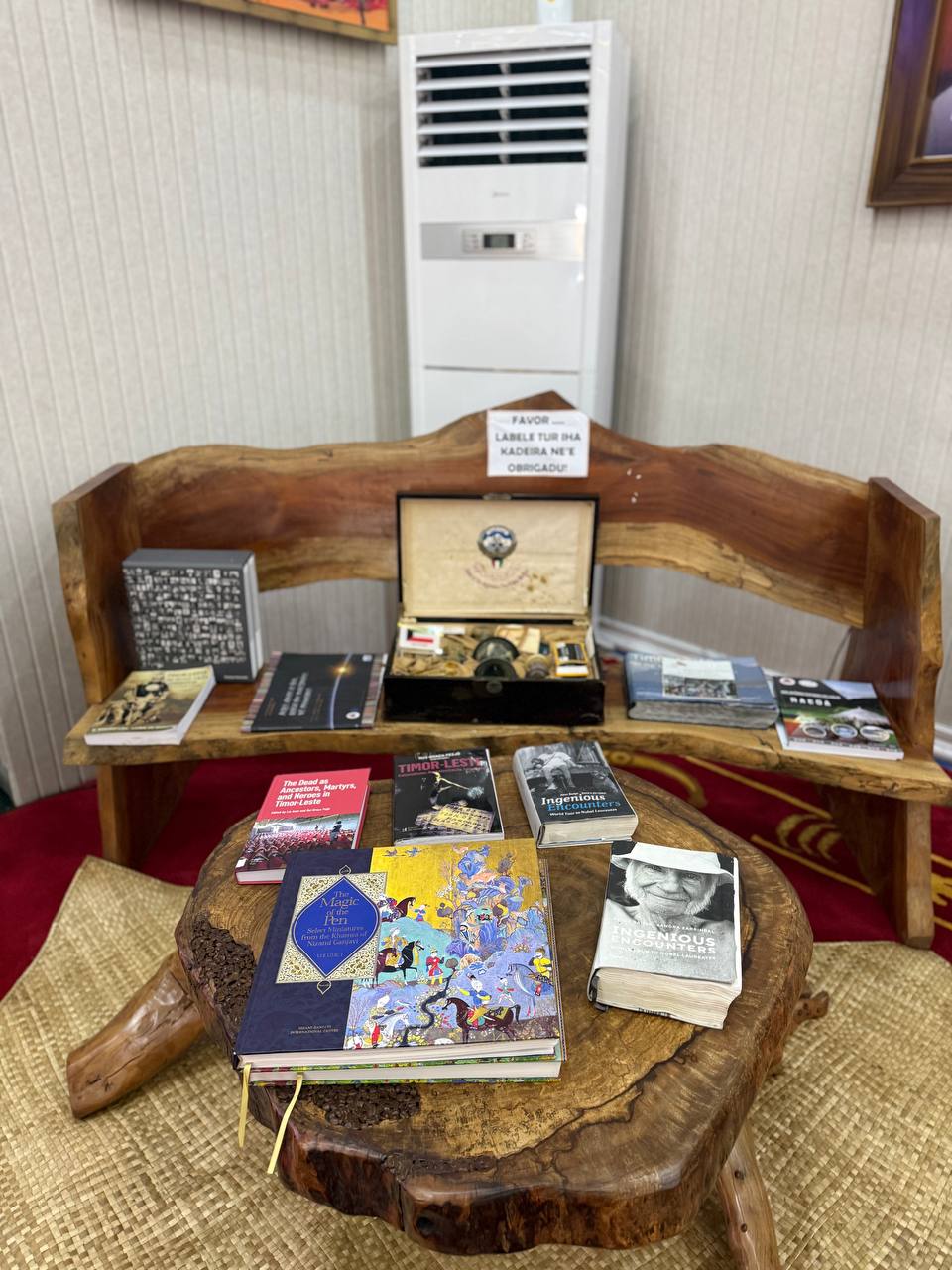
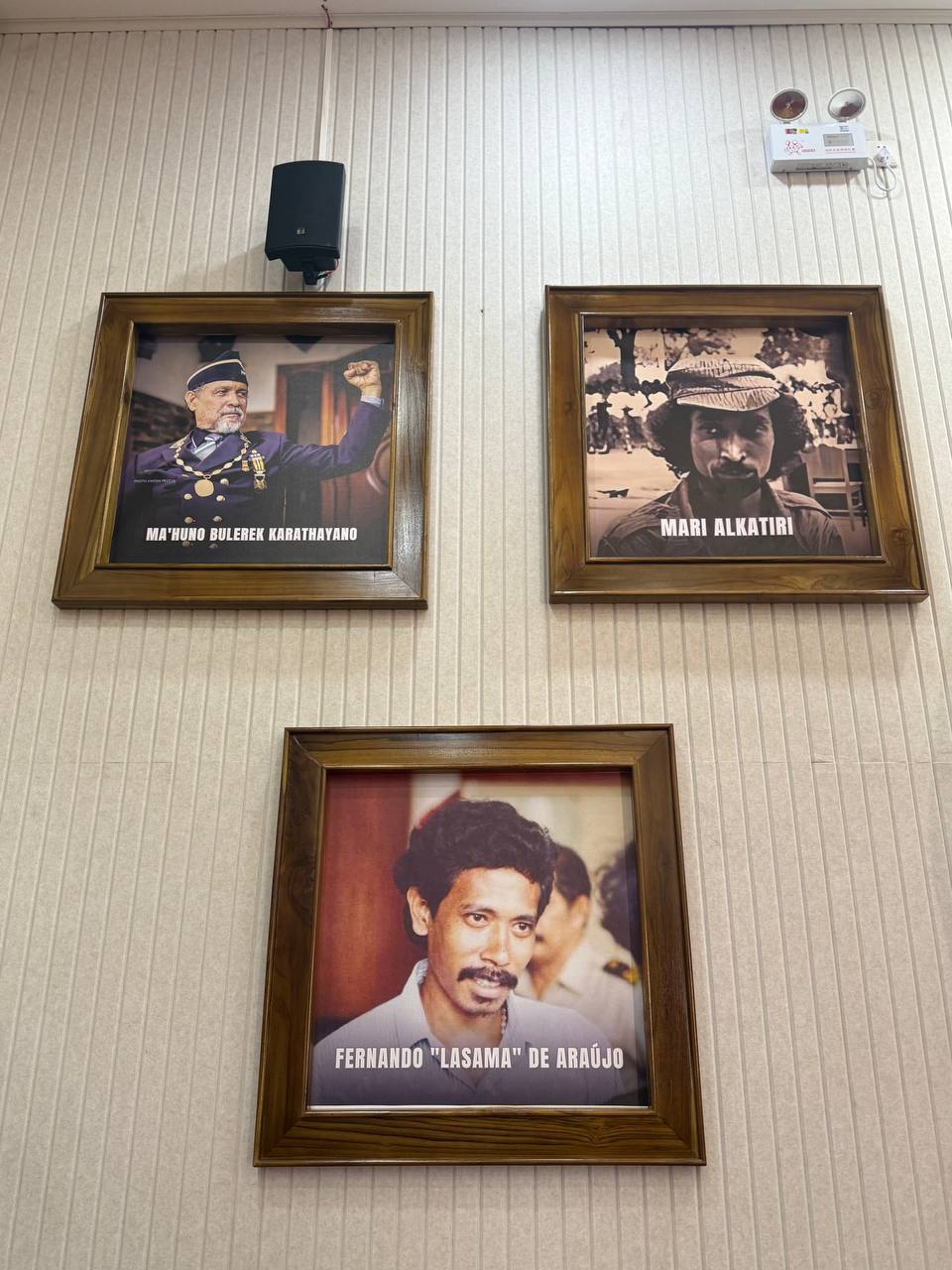
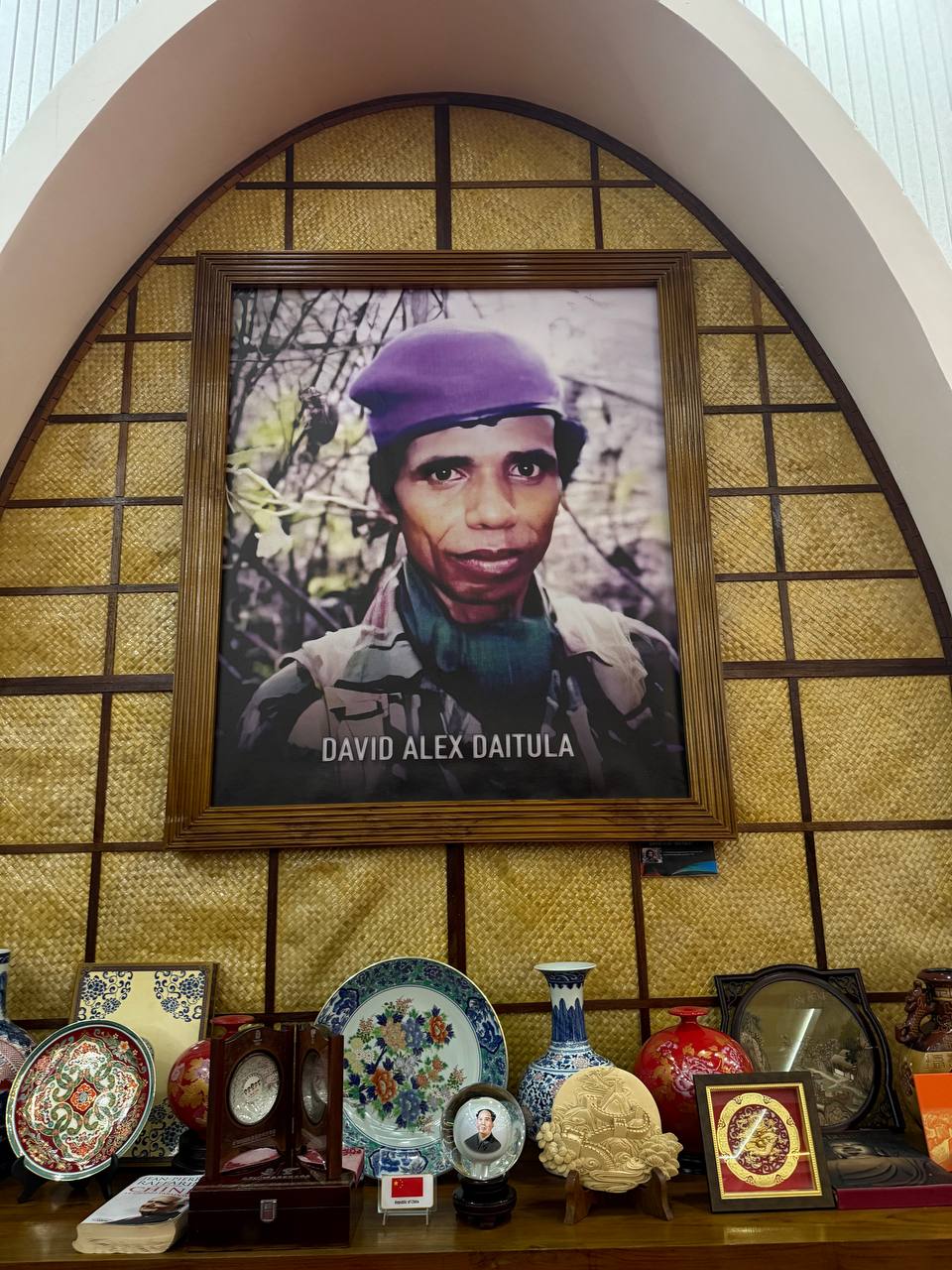
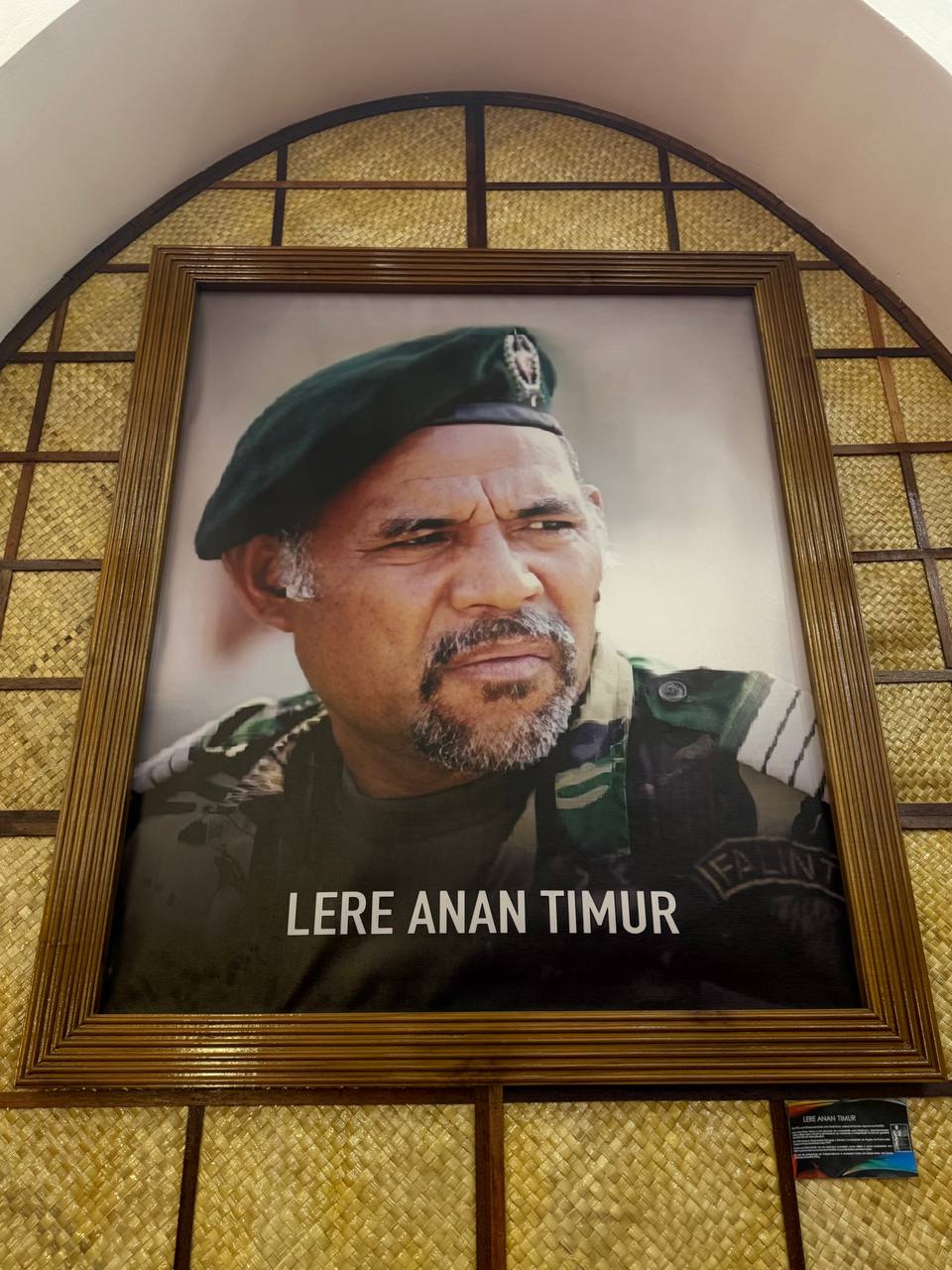
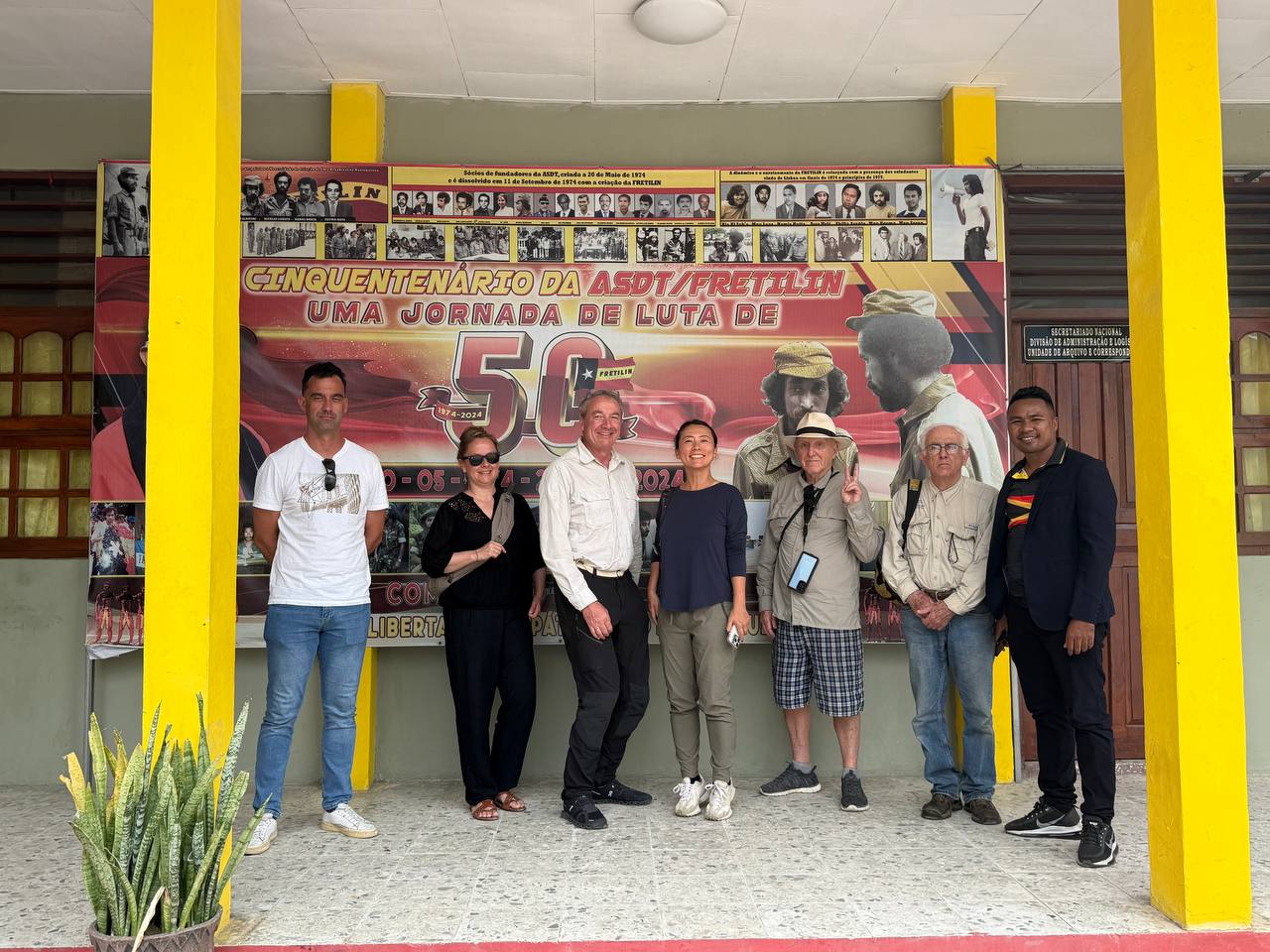
So how is Timor-Leste National Day actually celebrated?
Let’s put it this way: you’ll know it’s National Day even if you’ve only just stepped off the plane.
From the airport to the alleyways of Dili, everything is draped in flags, with red, black, and yellow banners fluttering across homes, shops, and even motorbikes. Locals get the day off and make the most of it. Street food stalls pop up all over the capital, kids run wild on the beach, and there’s a general atmosphere of “today we party, tomorrow we recover.”
There are, of course, more official elements to the day. Things kick off with the raising of the national flag at the Presidential Palace — a formal affair complete with marching soldiers, national anthems, and speeches from leaders, veterans, and the president himself. It’s not just government bigwigs either — opposition parties like FRETILIN, civil society reps, and even students are involved. It’s a national moment.
After the formalities wind down, the city transforms into a party, especially down by the harbour, where street food vendors serve grilled fish, satay, and local beers. Expect live music, dancing, and the kind of community vibe you rarely see outside of small nations that have bled for their freedom. Don’t expect to get much done the next day.
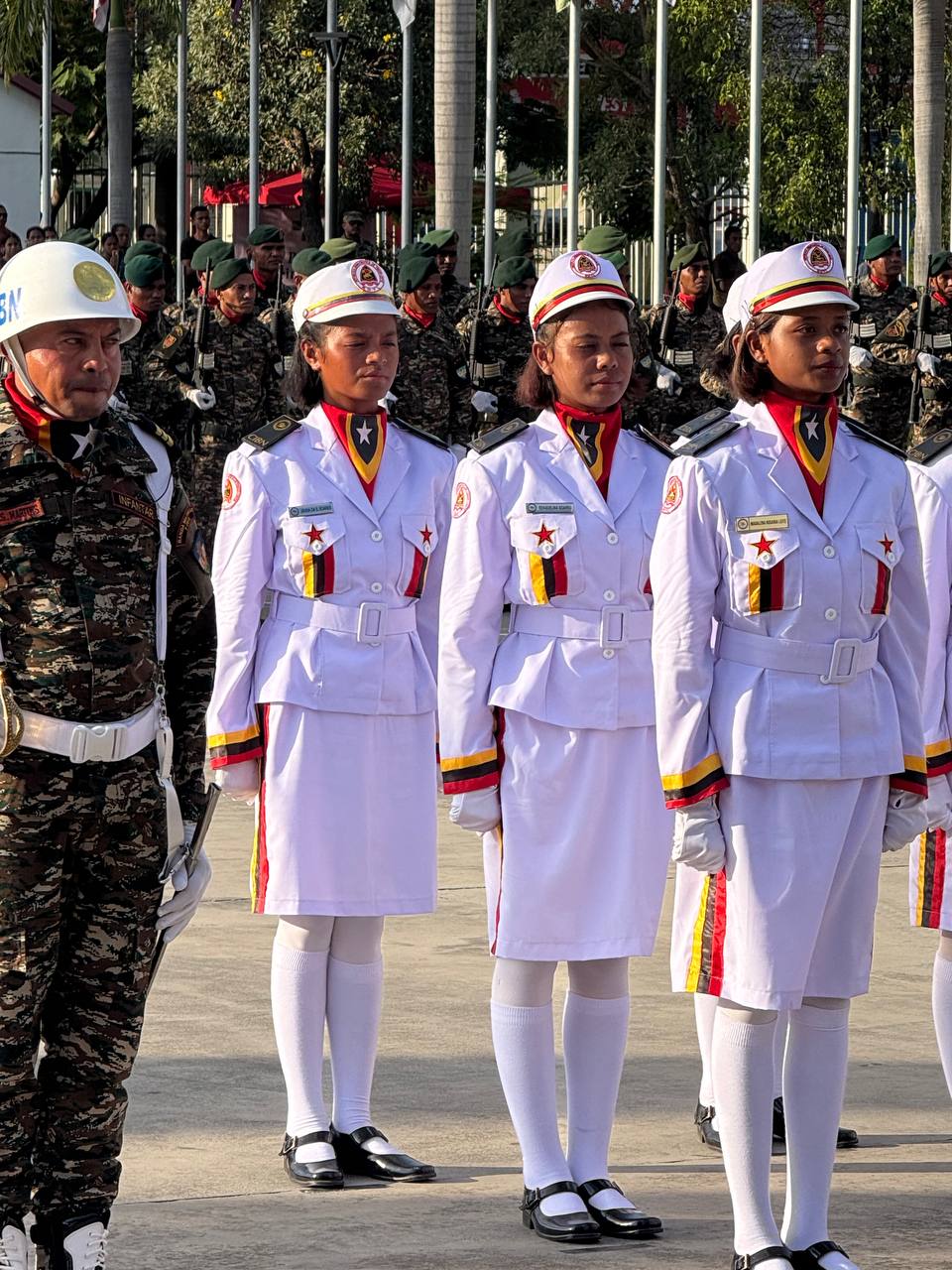
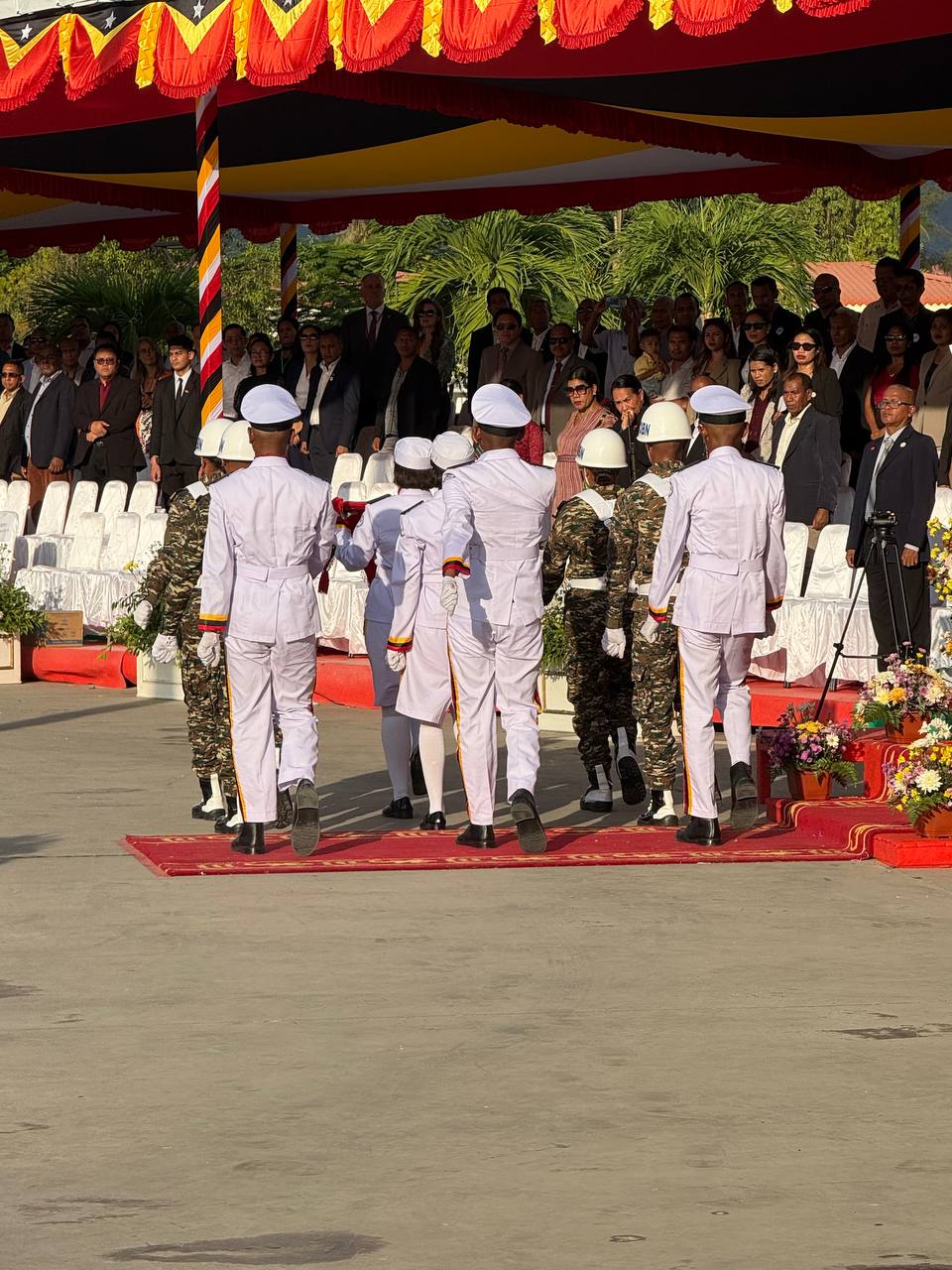
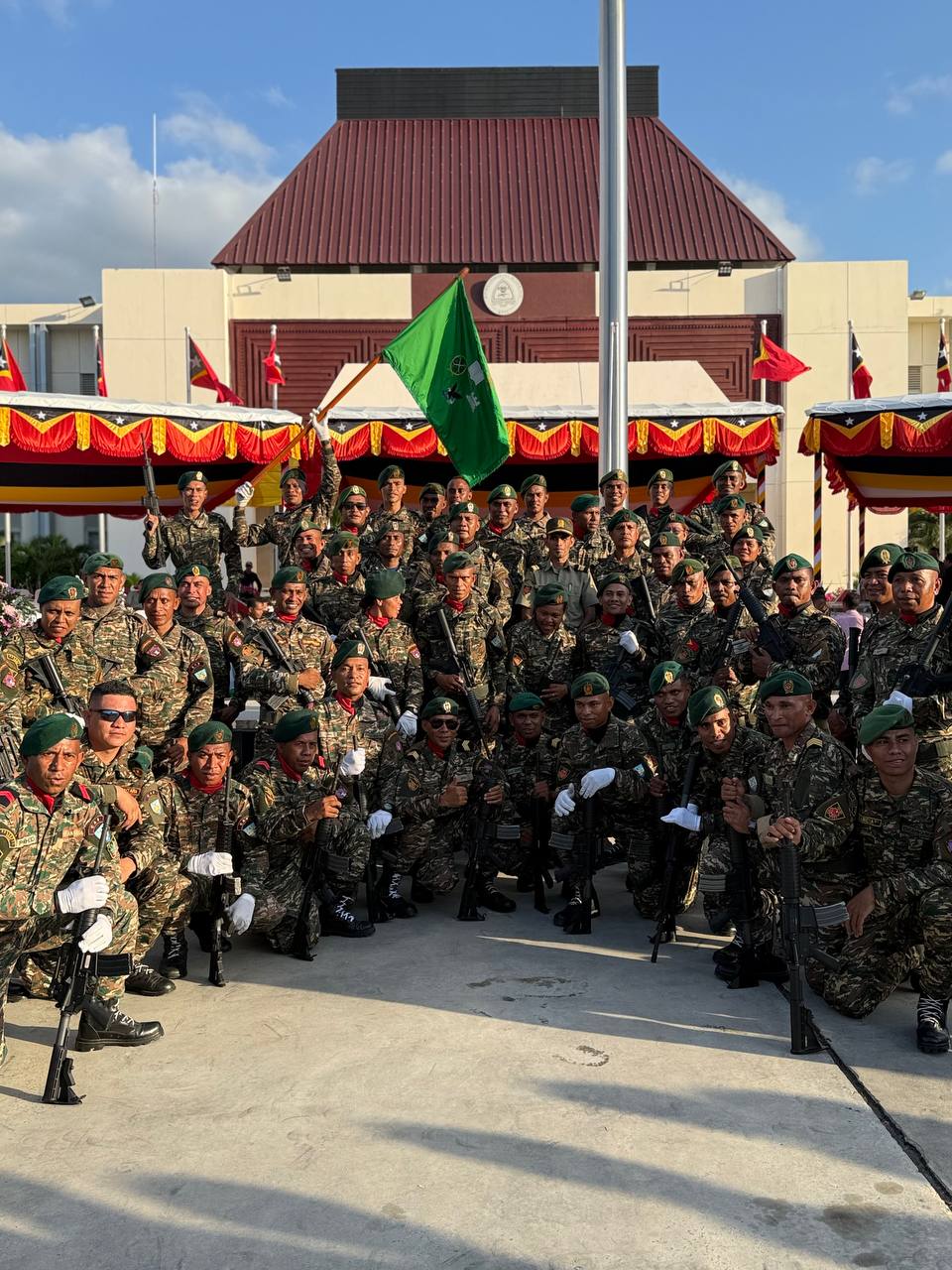
Meeting the President with YPT
Yes, you read that right.
One of the highlights of doing National Day with YPT is that you get to meet the actual President José Ramos-Horta, Nobel Peace Prize winner, living legend, and the man I once interviewed for Cambodia Investment Review. You’re not shaking hands through a fence either — this is the Presidential cocktail party, held after the official flag raising. It’s invite-only and, no, you cannot just rock up and ask to come in.
Unless you know someone. Like us.
That’s why you come on a tour. Our group has been attending this for years, and it’s not just about rubbing shoulders with the president. The event is also a who’s who of Timorese society, from MPs and ministers to foreign diplomats, veterans, and activists. You might find yourself in a conversation with a guerrilla commander one minute and the Minister of Tourism the next.
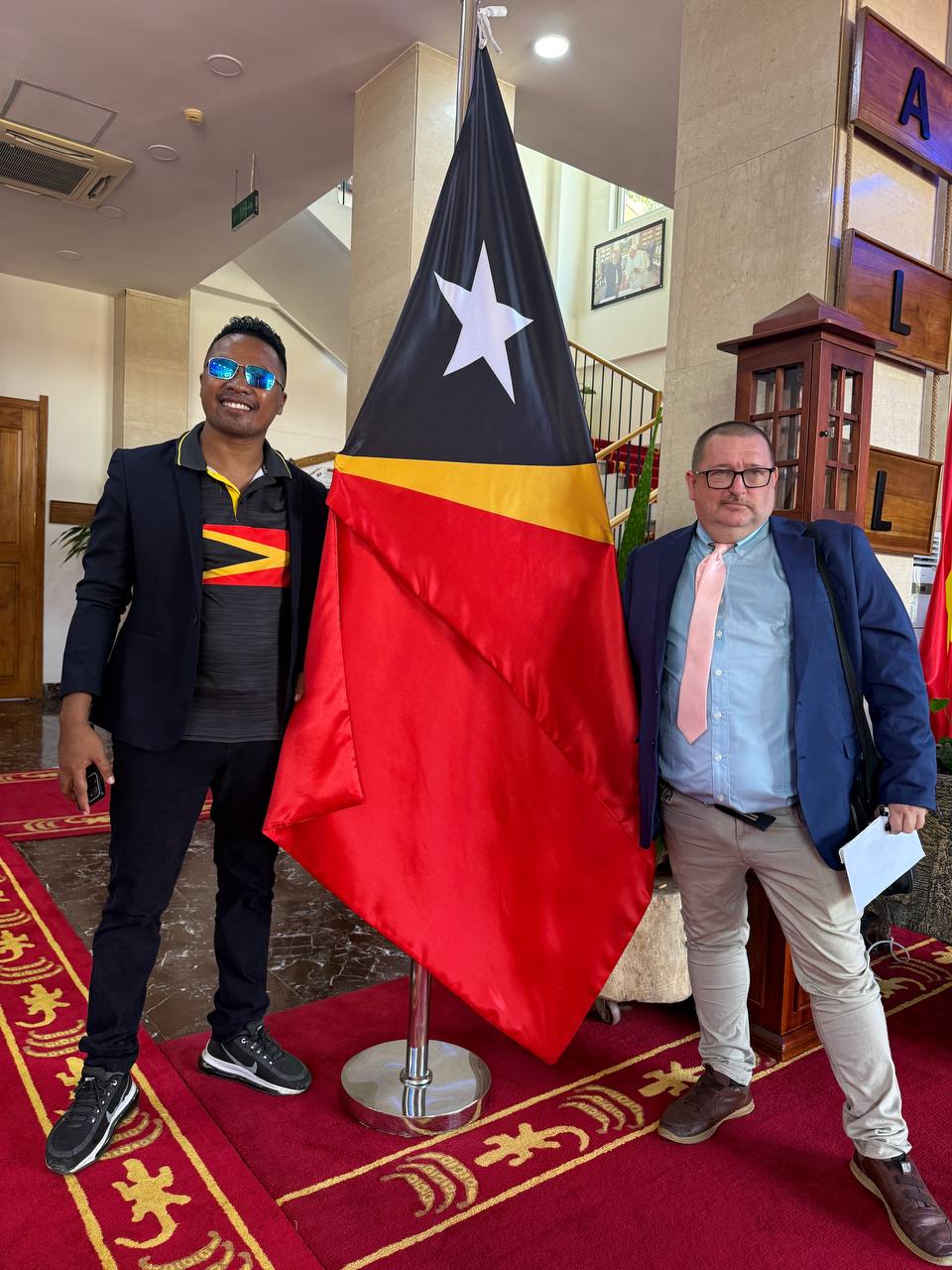
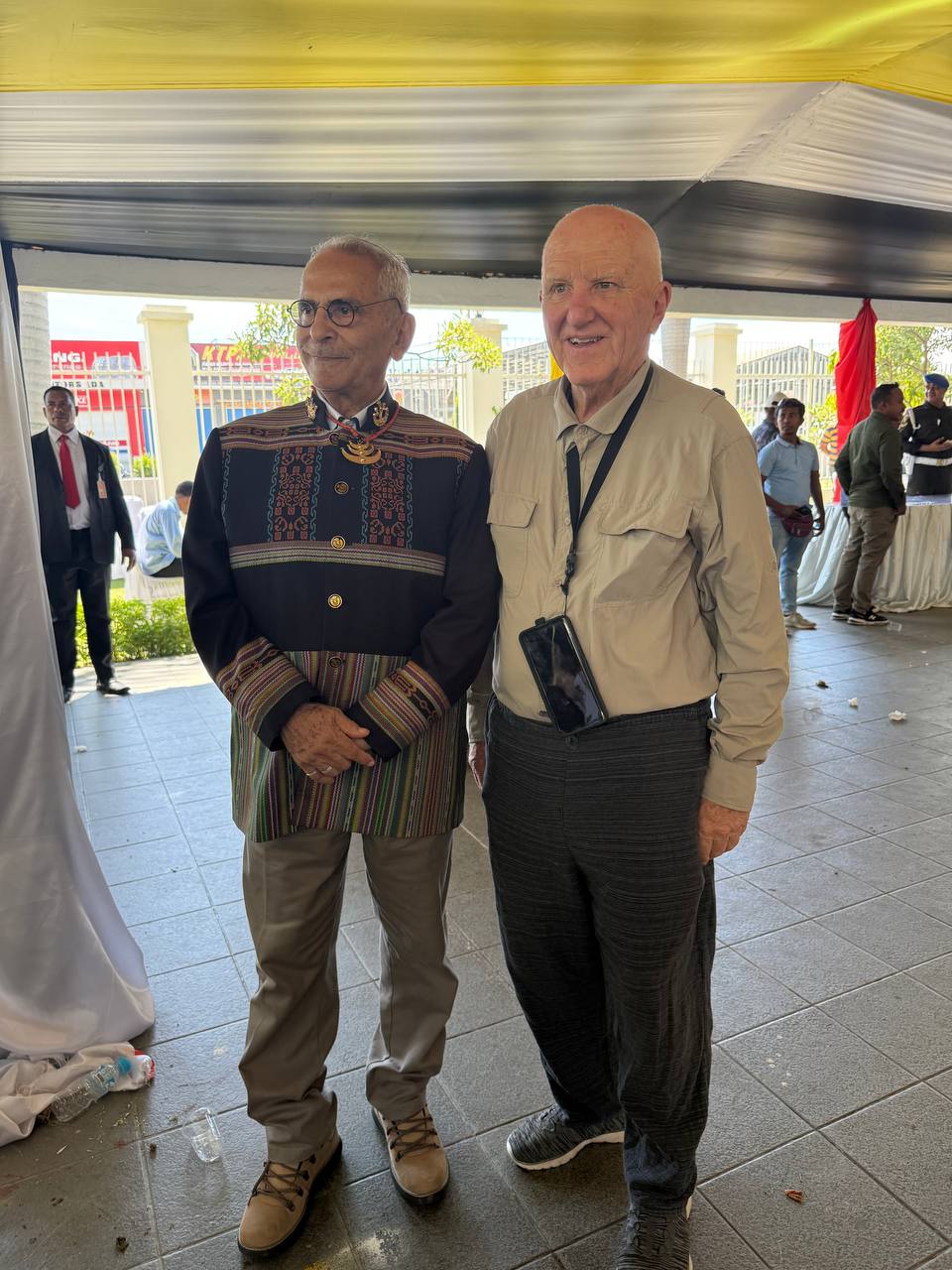
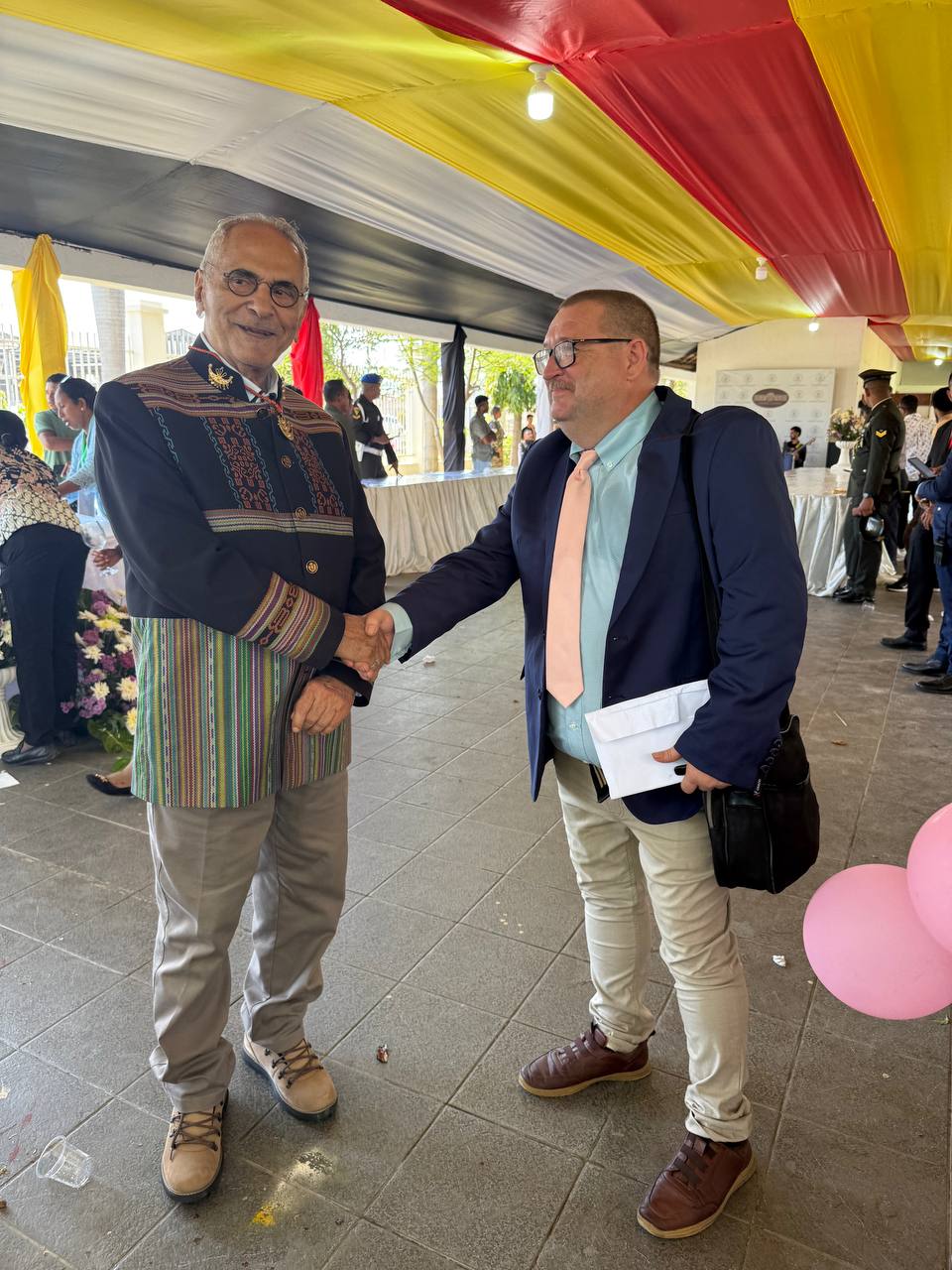
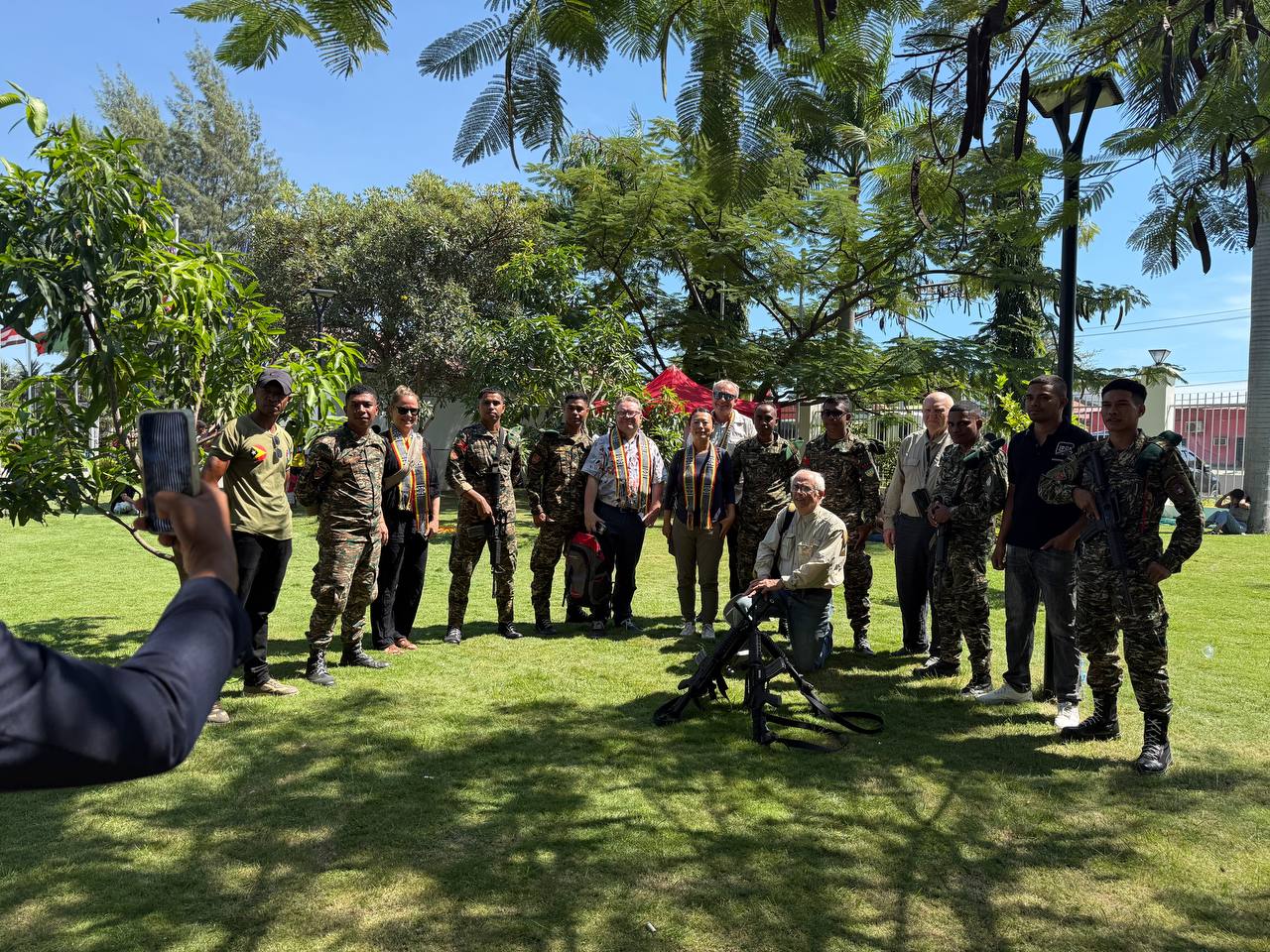
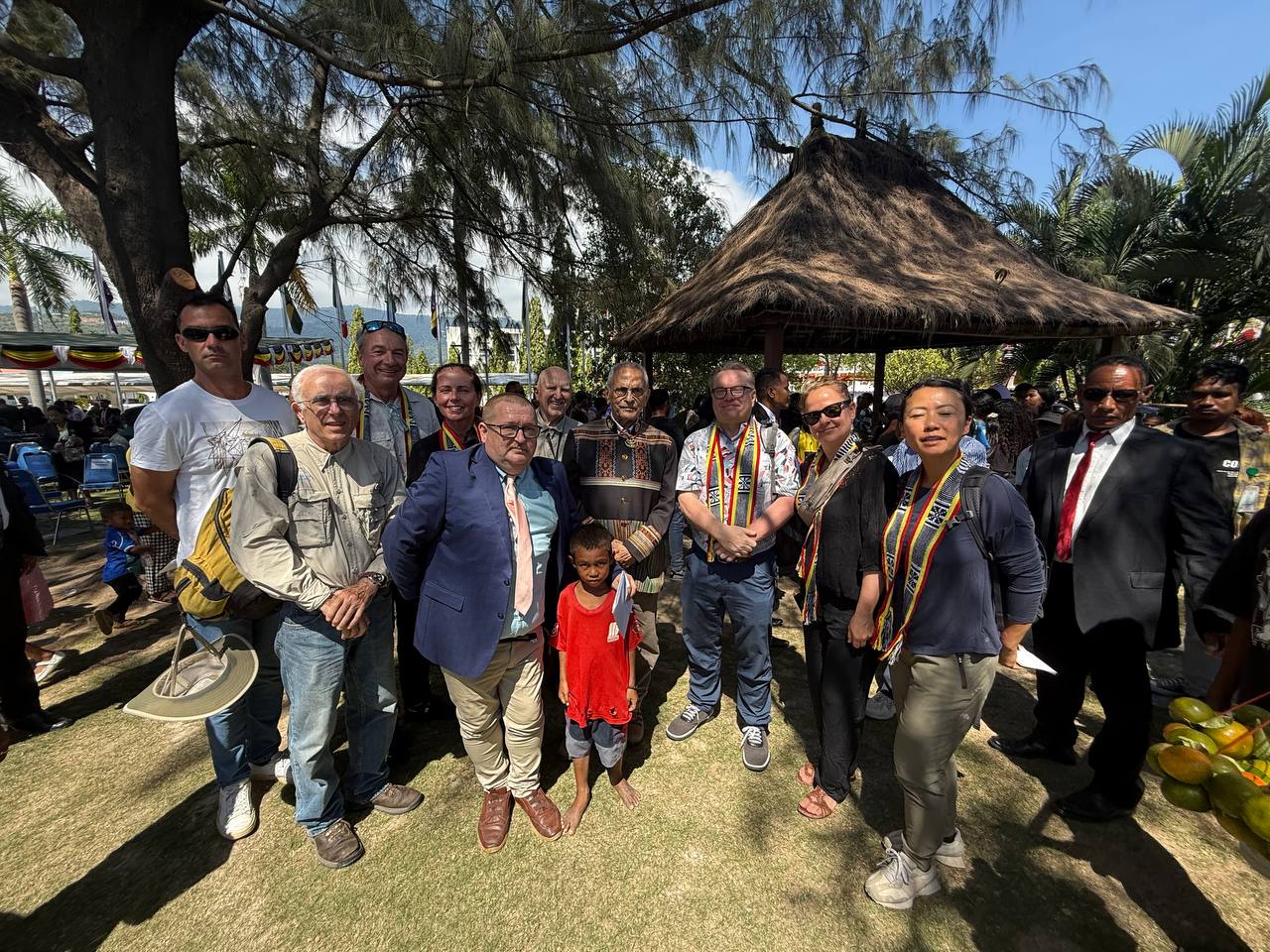
What else happens during the day?
After the presidential reception, we usually hit up a few museums, like the excellent Resistance Archive and Museum, which gives you a deep dive into the independence struggle, complete with real artefacts and survivor testimony.
Later in the day, we head to the lowering of the flag ceremony, which has a slightly more relaxed feel but still features military and police drills, live performances, and speeches. It’s a good opportunity to soak in the patriotic atmosphere and take part in one of the few ceremonies where everyone — from school kids to army generals — are on equal footing.
In the evening, the real fun begins. Food, drinks, and music by the sea. It’s raw, it’s real, and it’s very East Timor.
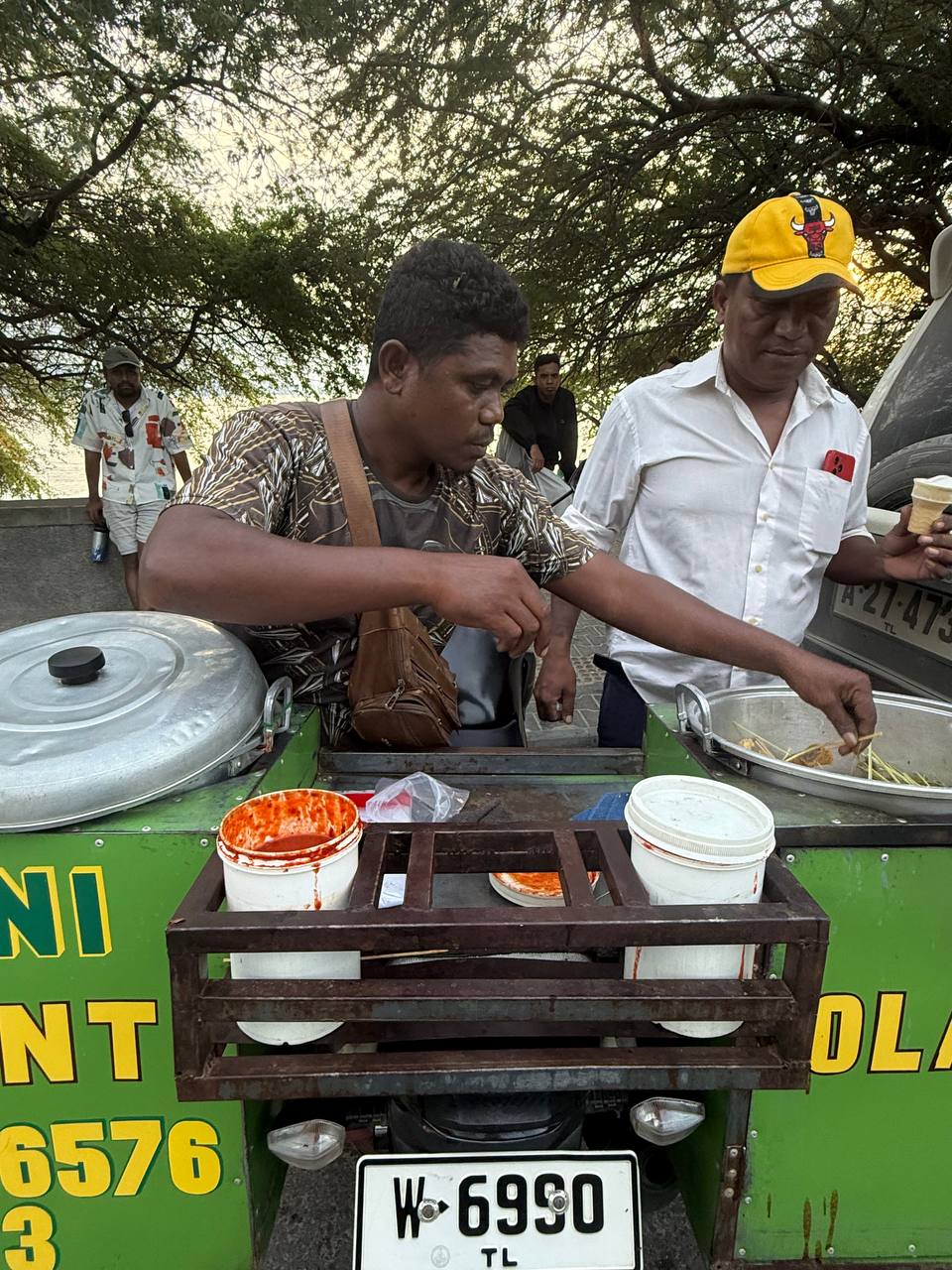
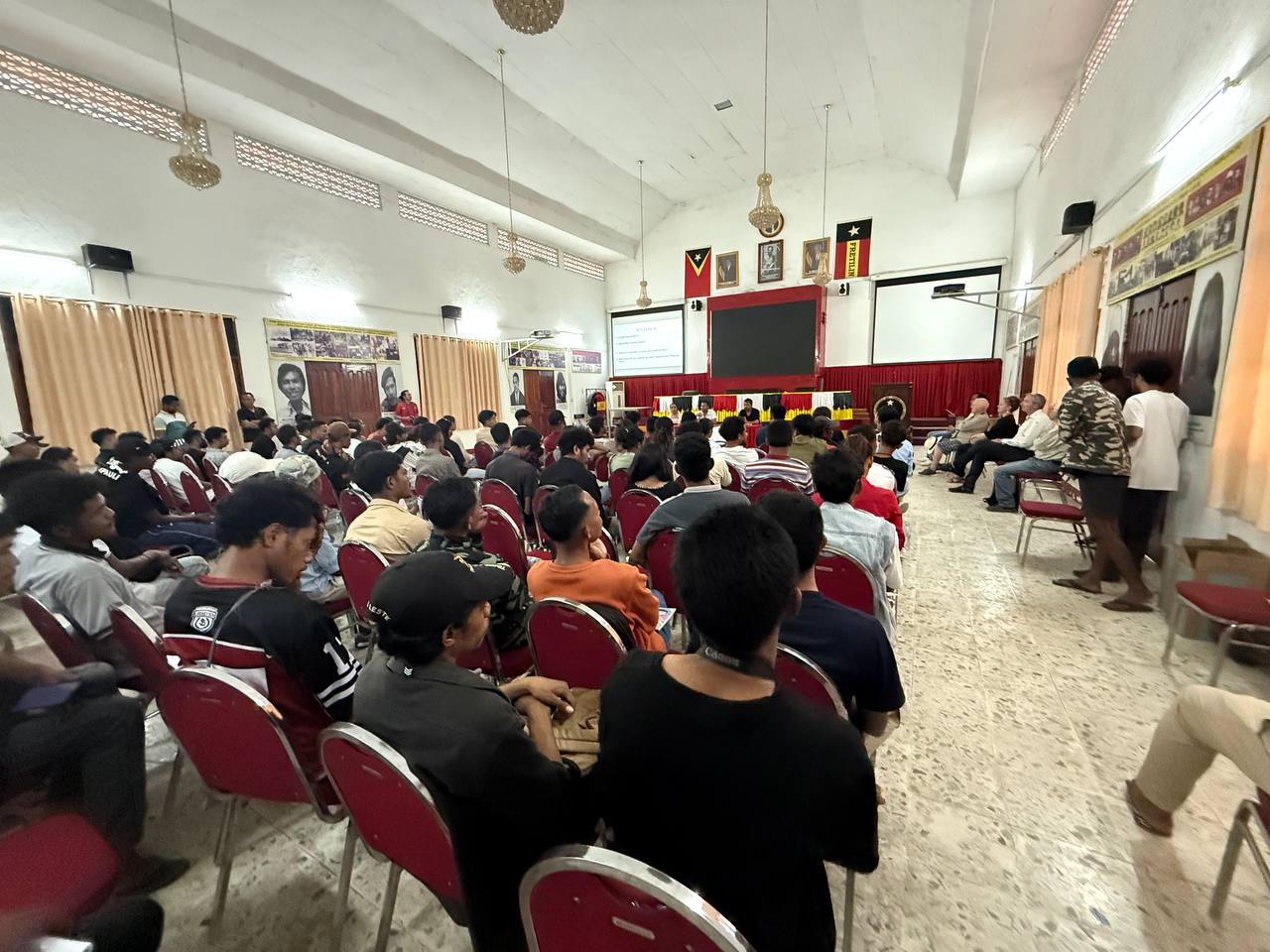
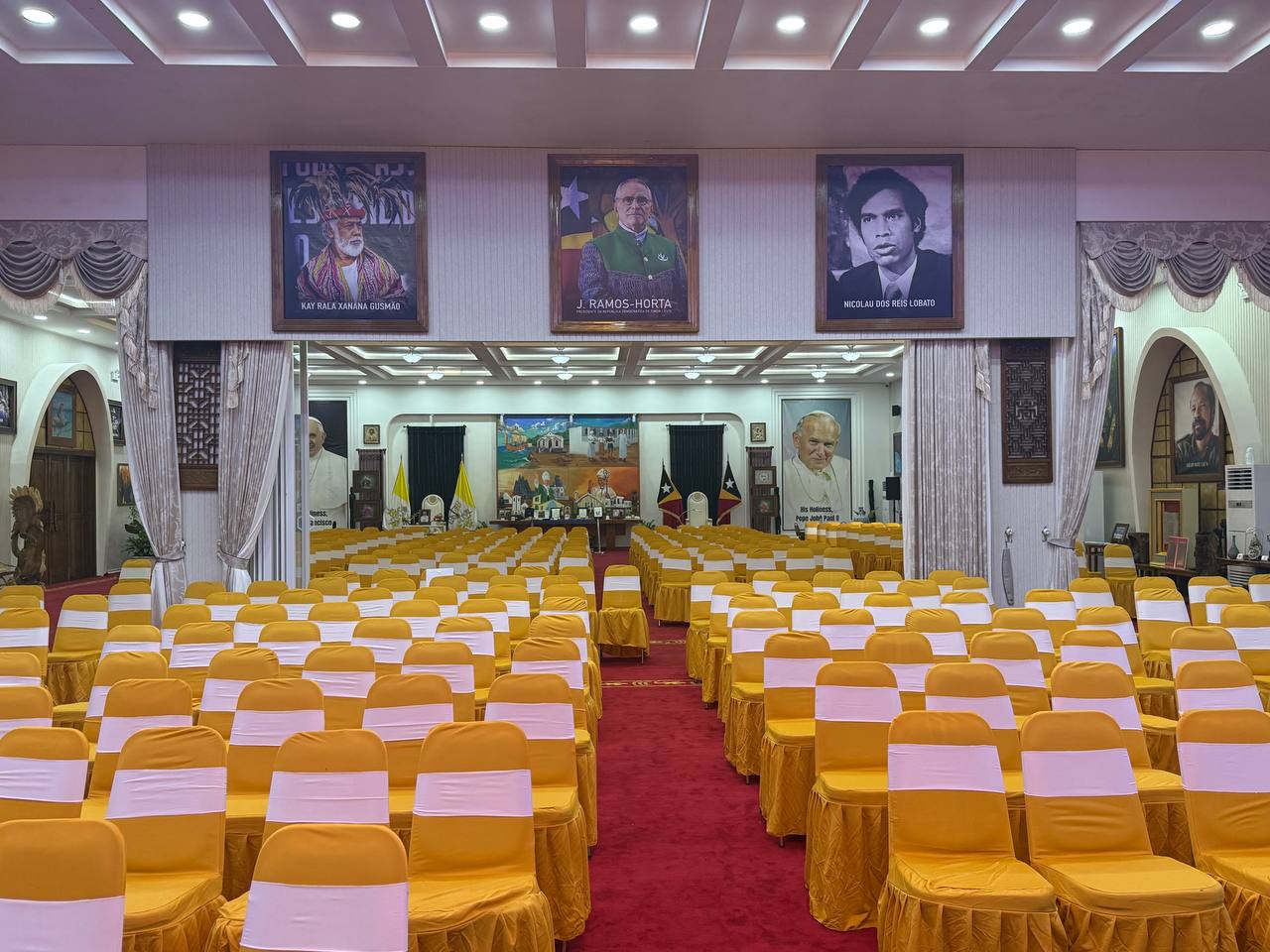
So, is Timor-Leste National Day worth it?
We go to a lot of national day celebrations — from the DPRK’s massive military parades to the anarchic carnivals of Latin America, but Timor-Leste’s is in a league of its own.
Timor-Leste is young, not just in years, but in population. And it shows. Most people on the streets weren’t even born when independence was won. But they understand what it took. And when you’re there, as a foreigner, you’re not just a tourist — you’re welcomed, included, and often thanked for even showing up.
It’s humbling. It’s emotional. And yes, there’s beer.
Click to see our Timor-Leste Tours.



